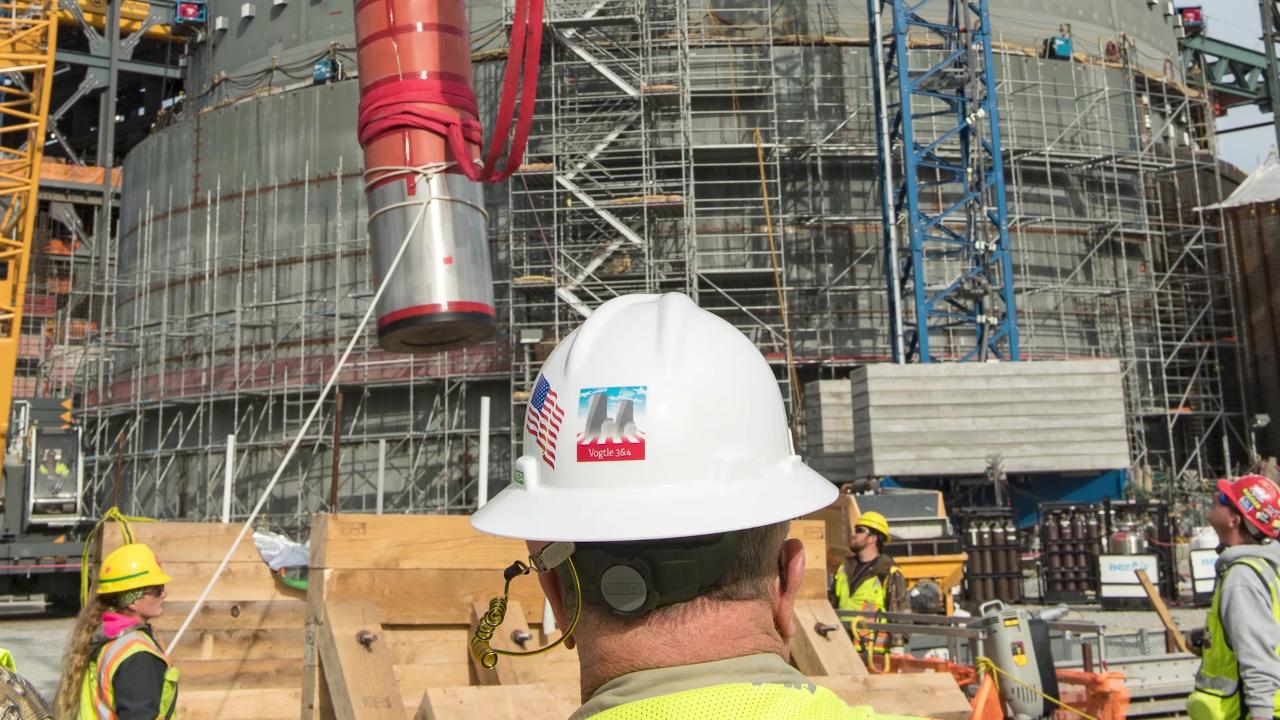
Market Minute: Weekend Spotlight: Lightbridge (LTBR) CEO on Nuclear Energy Demand, Fuel Innovation
Seth Grae, the CEO of Lightbridge (LTBR), a nuclear fuel technology company, joined Schwab Network ahead of its 1Q25 earnings on May 12. Based in Virginia, it is developing “Lightbridge Fuel”, a next-gen nuclear fuel that operates “about 1000 °C cooler than standard fuel,” per its website.
The World Nuclear Association explains that nuclear reactors work by “using the heat energy released from splitting atoms” to generate electricity. Usually, this is by producing steam, driving turbines creating electricity. The modern reactors were developed in the 1950s, but new designs are being put forward, including by Nano Nuclear Energy (NNE), which I covered previously in this column.
The first main type of reactor is a pressurized water reactor (WNA calls this the most common type). They use water as a coolant and a moderator – it’s important to keep the reactors from overheating to prevent accidents like the Chernobyl disaster. That would make Lightbridge’s fuel valuable by conserving energy and water to cool the reactor, as well as creating a lower likelihood of overheating.
Other modern nuclear reactors use pumped air to cool the reactor, such as the advanced gas-cooled reactor. In both cases, the fuel used is made of uranium, either in pellet or rod form. Lightbridge claims a “helical, multi-lobe fuel rod” (think the shape of a fidget spinner, essentially) that creates more surface area than a traditional fuel rod (cylindrical). This creates greater surface area for the rod, which in turn allows it to generate more energy and helps cool it faster.
Another safety innovation Lightbridge touts, citing the April 2018 issue of Nuclear Engineering and Design, is that the waste created by their fuel is “useless” for nuclear weapons, containing less plutonium than competitors. They’ve designed their product to be compatible with existing plants as well. In January, it announced a partnership with Oklo (OKLO) to explore a nuclear plant partnership and waste recycling technology.
In their April 2025 investor presentation, Lightbridge shows that this technology has been on a long road: it announced its initial metallic fuel concept in 2010, and in 2024-2025 it has finally been testing the fuel samples. Over the next 2-3 years, it writes that it expects to continue testing and developing the fuel and work with regulatory bodies for license applications. With zero debt on the balance sheet and $40 million in cash/cash equivalents, it projects 2 years to a cash runway.
On the Schwab Network, Grae emphasizes that the demand for “constant, reliable power” is booming worldwide, far outstripping supply. He says this rules out renewables, which cycle “on and off” and require expensive battery backup (with materials from China, he adds). But, he argues, this makes nuclear “perfect,” particularly for clean energy. “If we don’t start getting a lot more power on the electric grid,” he warns, we could be in for blackouts like the recent one in Europe.
Nuclear power is already being used around the world – Grae argues that French nuclear energy saved Europe from power losses in the winter after cutting out Russian oil supply. “We can do this,” he says, “we can build hundreds” of reactors on top of the 94 already extant in the U.S. Like many other countries, two years ago at the U.N. Climate Council the U.S. committed to tripling nuclear power globally by 2050.
He points to continued support for this initiative from the Trump administration, as well as bipartisan support in Congress – and says nuclear already makes up 19% of U.S. energy supply. However, he thinks it needs to make up over 50% of supply, and quickly.
Nuclear power obviously has a lot of safety concerns from the general public, from the safety of reactors themselves to processing the spent fuel rods and wastewater. Grae says that the waste is miniscule, and more of a “policy issue than a technology issue.” As we can see from Lightbridge’s long testing timeline, these reactors also take a long time to come online. However, with oil prices dropping, government interest in the tech, and extreme electricity demand, nuclear could be a strong choice in the energy sector.
Featured Clips



'Screaming' Soft Data v. Hard Data 'Murmur:' Looking Ahead to April Jobs Report
THE WATCH LIST
► Play video

